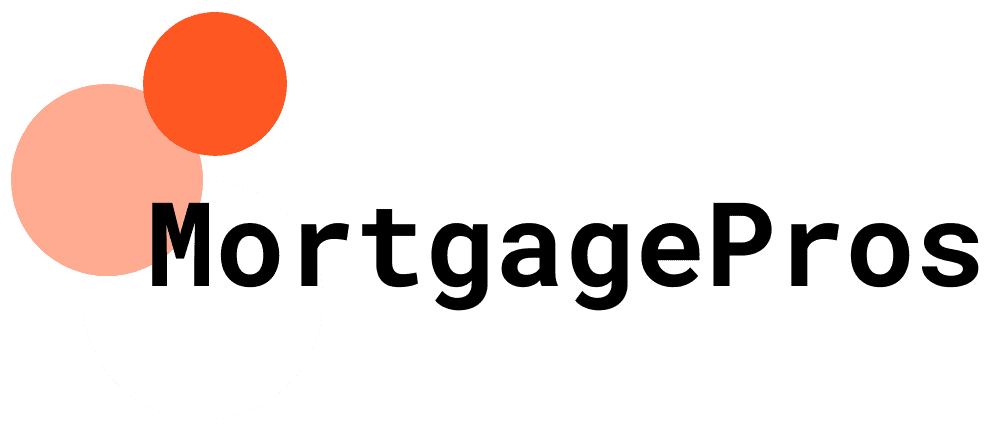Welcome to my website, where we’ll explore the world of “mortgage loans” and how they can turn your dream of homeownership into a reality. For most of us, buying a home is one of the most significant and rewarding milestones in life. A mortgage loan is a powerful financial tool that can help you achieve this goal by providing the necessary funds to purchase a home. In this comprehensive guide, we’ll cover everything you need to know about mortgage loans, including types of mortgages, the application process, and essential tips for a successful borrowing experience. Let’s begin the journey to homeownership!
What is a Mortgage Loan?
A mortgage loan, often referred to simply as a mortgage, is a type of loan specifically designed to help individuals and families purchase a home. The loan amount covers a significant portion of the property’s purchase price, and the borrower agrees to repay the loan, along with interest, over a specified period, typically ranging from 15 to 30 years.
Mortgage loans are secured loans, meaning the home itself serves as collateral for the loan. If the borrower fails to make mortgage payments as agreed, the lender has the right to foreclose on the property to recover the outstanding balance.
Types of Mortgage Loans
There are several types of mortgage loans available to suit different financial situations and homeownership goals. Let’s explore some common types:
1. Conventional Mortgages
Conventional mortgages are not insured or guaranteed by any government agency. They are the most common type of home loan and typically require a down payment of at least 3% to 20% of the home’s purchase price, depending on the lender’s requirements and the borrower’s creditworthiness.
2. FHA Loans
Federal Housing Administration (FHA) loans are government-backed mortgages designed to make homeownership more accessible, especially for first-time buyers and individuals with lower credit scores. FHA loans often require a lower down payment, as little as 3.5%, and have more lenient qualification criteria compared to conventional loans.
3. VA Loans
VA loans are exclusively available to active-duty military personnel, veterans, and eligible surviving spouses. Backed by the U.S. Department of Veterans Affairs, VA loans often offer favorable terms, including no down payment and lower interest rates, making homeownership more achievable for those who have served our country.
4. USDA Loans
USDA loans, insured by the U.S. Department of Agriculture, are designed to assist low- to moderate-income buyers in rural areas. These loans offer low or zero down payment options and competitive interest rates for eligible borrowers.
5. Jumbo Loans
Jumbo loans are non-conforming mortgages that exceed the maximum loan limit set by Fannie Mae and Freddie Mac, the government-sponsored enterprises that buy most conventional mortgages. Jumbo loans are often used for high-value properties and may have stricter qualification requirements.
The Mortgage Loan Application Process
The mortgage loan application process can seem complex, but breaking it down into manageable steps can make it more straightforward. Here’s an overview of the typical mortgage application process:
1. Prequalification
The first step is prequalification, where you provide basic financial information to a lender. The lender assesses your creditworthiness and provides an estimate of the loan amount you may qualify for. Prequalification helps you understand your budget and narrows down your home search to properties within your price range.
2. Mortgage Pre-Approval
A mortgage pre-approval is a more formal step that involves submitting detailed financial documents, such as pay stubs, tax returns, and bank statements, to the lender. The lender reviews your financial information and issues a pre-approval letter, indicating the maximum loan amount you are qualified to borrow. A pre-approval letter makes you a more competitive buyer in a competitive housing market.
3. House Hunting and Making an Offer
With a pre-approval in hand, you can confidently start house hunting. Once you find your dream home, you’ll work with your real estate agent to make an offer. The offer includes the proposed purchase price, the terms and conditions, and the requested closing date. The seller can accept, reject, or negotiate the offer.
4. Loan Processing and Underwriting
If the seller accepts your offer, the mortgage process moves into the loan processing and underwriting stage. During this phase, the lender reviews your financial documents in detail, orders an appraisal to assess the property’s value, and evaluates your creditworthiness. The underwriter ensures that all requirements are met for loan approval.
5. Closing
Once your loan is approved, you’ll move to the closing stage. At the closing, you’ll sign all the necessary documents to finalize the purchase. This includes the mortgage agreement, the deed of trust, and other legal paperwork. You’ll also pay the closing costs, which typically include lender fees, title insurance, and prepaid property taxes and insurance.
Tips for a Successful Mortgage Loan Experience
Here are some valuable tips to ensure a successful mortgage loan experience:
1. Improve Your Credit Score
Before applying for a mortgage, review your credit report and work on improving your credit score. A higher credit score can lead to better loan terms and lower interest rates.
2. Save for a Down Payment
Start saving for a down payment as early as possible. A larger down payment can help you qualify for more favorable loan terms and reduce your monthly mortgage payments.
3. Shop Around for Lenders
Don’t settle for the first mortgage offer you receive. Shop around and compare offers from multiple lenders to find the best mortgage rates and terms that suit your needs.
4. Understand All Costs and Fees
Take the time to understand all the costs and fees associated with your mortgage loan. This includes not only the interest rate but also origination fees, closing costs, and other expenses that can add up.
5. Avoid Major Financial Changes
Avoid making significant financial changes, such as changing jobs or taking on new debt, during the mortgage application process. Lenders prefer stability and consistency in your financial situation.
Conclusion
A mortgage loan is a powerful tool that can make the dream of homeownership a reality. By understanding the different types of mortgage loans, navigating the application process, and following essential tips, you can set yourself up for a successful borrowing experience.
As you embark on your journey to homeownership, remember to take your time, do your research, and work with reputable professionals. Owning a home is a significant investment and a symbol of financial stability and pride. With the right mortgage loan and careful planning, you can turn your dream of homeownership into a lifelong reality.

